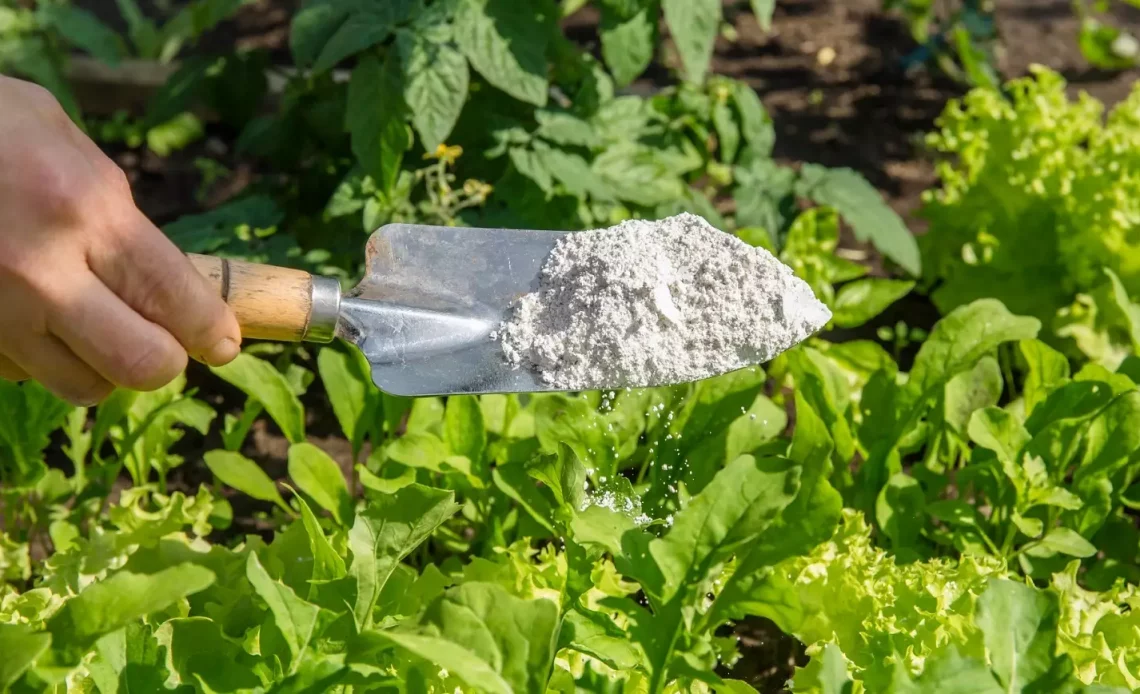

We’re here to help! Wild Yards is a completely free website that is 100% dedicated to helping you create a wildlife-friendly, sustainable yard. Read more
WildYards is reader-supported. When you buy a product through a link on our site, we may earn a comission. Every product is independently selected by our (obsessive) editors and our reviews are unbiased and objective. Read more about our mission or our privacy policy.
Bone meal is an all-natural fertilizer and a valuable tool that every gardener should keep in their potting shed. It’s an excellent source of calcium and phosphorus and can supply these essential nutrients to your plants without burning their roots as harsher chemical fertilizers might. But, like any other fertilizer, there are some disadvantages of bone meal that you should be aware of before using it to feed the plants in your garden.
Applying bone meal to soils that are already rich in calcium and phosphorus can hinder root growth. Bone meal can alter the pH of the soil, and isn’t absorbable when the pH is above 7. Additionally, bone meal can be harmful when inhaled, and it is not a vegan or vegetarian-friendly fertilizer.
What is bone meal?
A byproduct of the meat industry, bone meal is typically made from beef bones. The bones are steamed to sterilize them, then ground into a fine powder. The powder is then sold loose or in a pelleted form, for easier fertilization.
Bone meal is bioavailable, meaning it’s highly absorbable for your plants. It’s easy for them to use. So if your plants are showing signs of calcium deficiency with curling leaves and brown and yellow spots, bone meal can help build up their levels of this valuable mineral.
Bone meal is also an excellent source of phosphorous. If your plants are developing red stems with dark gray, green, or even blue leaves — especially if those leaves are dry and stiff — these are all signs that they’re low on phosphorous. Bone meal is a fantastic all-natural way to combat these symptoms and get your plants healthy again.
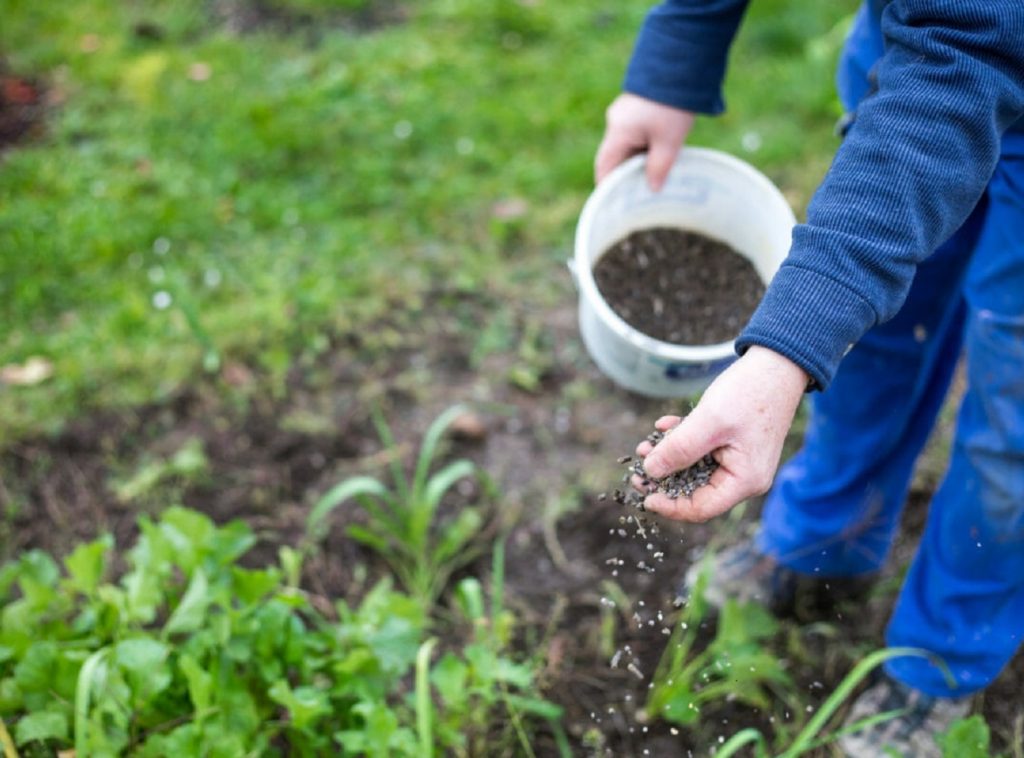
7 Disadvantages of bone meal
Bone meal is free of any harsh chemicals, which makes it an appealing option for backyard gardeners who like to keep things as organic as possible. But as great as it is, there are some disadvantages of bone meal. So, what are these drawbacks, and how can they impact your plants? Let’s take a look at the 7 major disadvantages of using bone meal as a fertilizer.
Bone meal can be harmful when inhaled
Bone meal is safe to handle. You won’t catch mad cow disease from it. However, because it’s such a fine dust, it gets stirred up easily. You have to be careful when applying it because it can irritate your lungs if inhaled. While you should always wear goggles, a mask, and gloves when applying fertilizers, this is especially true for bone meal.
Additionally, because bone meal is made from animal bones, it’s not exactly vegetarian-friendly. So if you’re committed to living a vegan lifestyle, this isn’t the right fertilizer for you.
Bone meal is ineffective in alkaline soils
Soils that have a pH of 7 or higher are alkaline, and alkaline soils bind calcium and phosphorus, rendering them unusable. Adding bone meal to these soils has no benefit, as it’s almost impossible for the plants to absorb any of the nutrients.
In order to successfully use bone meal as a fertilizer in alkaline soils, the pH must first be lowered. Only after making the soil more acidic with sulfur, peat moss, or cottonseed meal, will your plants be able to benefit from the bone meal. This adds an extra step, which means more labor and higher costs. Ultimately, if the soil in your garden has a higher pH, using bone meal as a fertilizer would be a waste of time and money.
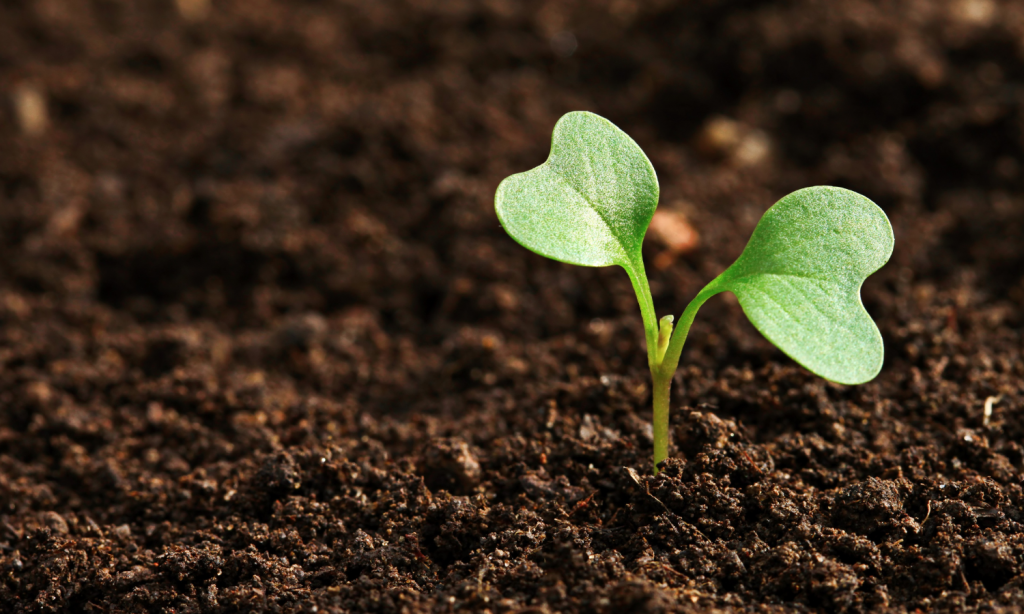
Bone meal can raise your soil’s pH over time
When used in acidic soils, the nutrients in bone meal are released quickly and readily to help support your plants in a jiffy. But if you use bone meal to fertilize your plants annually, beware. Bone meal can raise the pH of your soil over time, changing its properties and making it more alkaline.
Bone meal’s pH-altering effects won’t happen overnight. So if you’re actively trying to raise your garden soil’s pH, you’re better off using oyster shell lime or plain old baking soda. These amendments act quickly to make your soil more alkaline.
Bone meal can attract animal pests to your garden
When you use bone meal as a fertilizer for the plants in your garden, you run the risk of inviting all sorts of animals in. Domestic cats and dogs like to chew on bones, and if they smell bone meal, they may flock to your vegetable patch. But other carnivorous animals may be inclined to check things out, too. Bobcats, coyotes, and squirrels can make nuisances of themselves, digging up your crops just to get a taste of the bone meal.
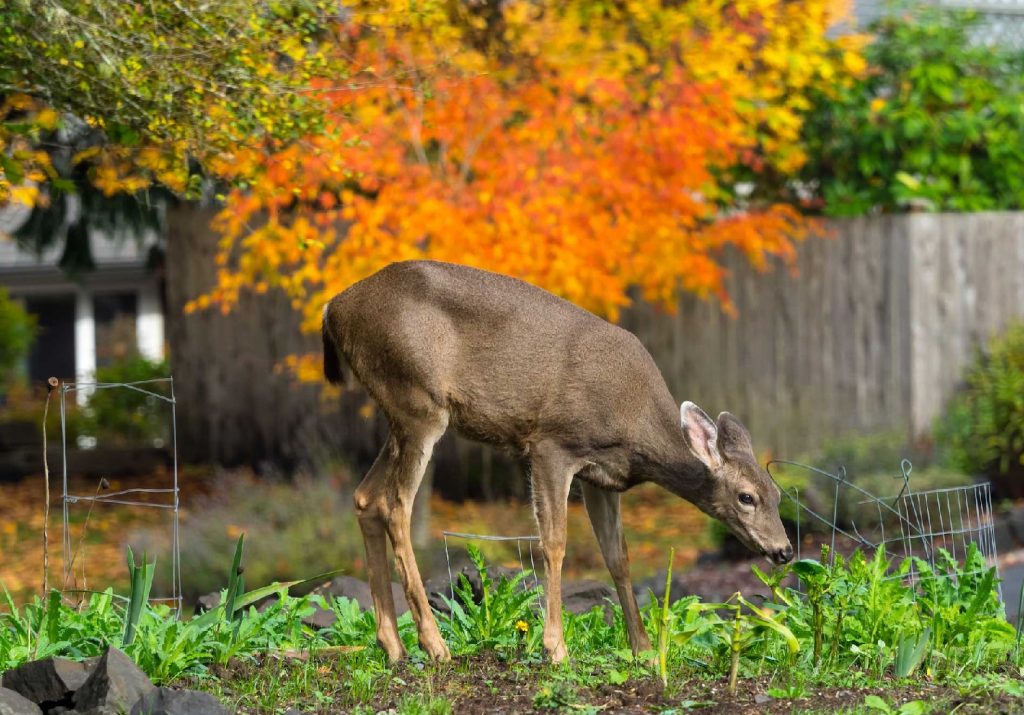
Now, bone meal can be an effective way to keep rabbits off of your vegetable patch. Blood meal, too, as rabbits are prey animals and will steer clear of any area where they think predators have been lurking.
But some other animals that we traditionally think of as herbivores can be attracted to bone meal. For instance, deer have been known to gnaw on bones when their diets are deficient in calcium and other minerals. So keep bone meal out of your garden if you want to keep these pesky critters at bay (homemade Dawn dish soap deer repellent can help keep deer out of your garden, too!).
Bone meal that is sold as plant fertilizer is not pet safe
While bone meal plant fertilizers can prove to be highly palatable to cats and dogs, they are not safe for pets to consume. Even though bone meal is an all-natural fertilizer, most commercially available bone meals have been designed with plants in mind. They may contain higher levels of nitrogen than are safe for pets to ingest.
You can purchase food-grade bone meal, which works just as well for plants and is safe for animals to consume. However, food-grade bone meal is much more expensive than plant-grade. So much so that, unless you’re only going to feed a couple of potted plants, it’s not even worth considering.
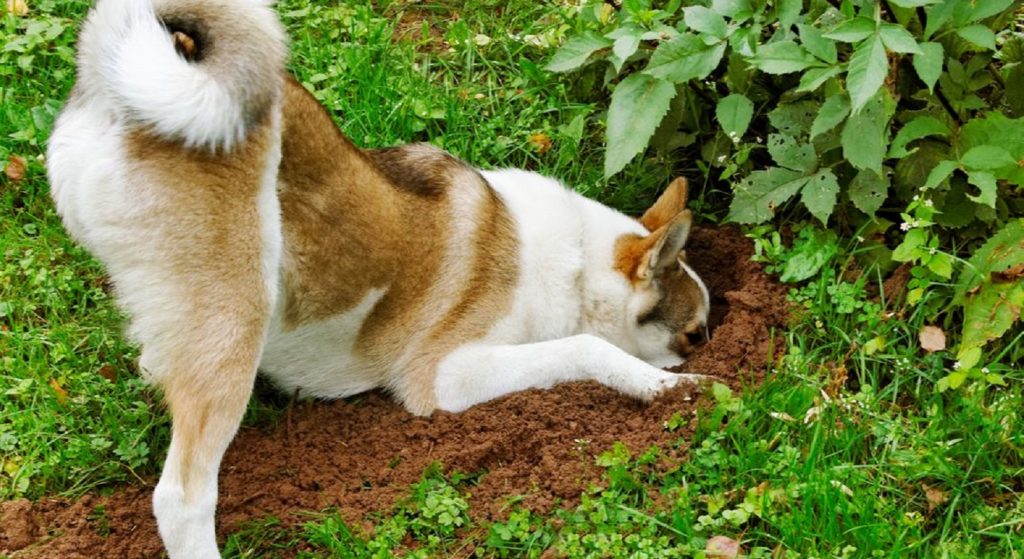
Bone meal can hinder root development
If you’ve used bone meal in the past with great success, but now, it seems like your plants aren’t responding to it at all, it’s likely that you’ve over-applied it. Using bone meal excessively, or applying it to alkaline soils, can hinder your garden’s performance.
Bone meal releases phosphorous for 4 months after it’s applied. While phosphorous is necessary for plant health, high concentrations of this mineral can severely restrict root development. Too much phosphorous can make it difficult for plants to absorb nitrogen, leading to symptoms of nitrogen deficiency, including pale green, yellowing adult leaves as well as insufficient foliage production.
Bone meal can pollute groundwater
Another downside to excessive phosphorous is that it can pollute groundwater. Lakes, ponds, rivers, and streams feel the punch when the surrounding soil levels are rich in phosphorous. As the soil erodes from wind and rain, the phosphorous makes its way into these waterways, where it leads to eutrophication — a burst in phytoplankton productivity that leads to a surge in algae growth.
While algae can benefit the environment by producing huge quantities of oxygen, it can also contaminate the water supply for livestock, wildlife, and humans. This is one of the major disadvantages of using bone meal as a natural fertilizer for your garden. And while a few applications of bone meal aren’t likely to do much damage, using this substance repeatedly over time can have a detrimental effect on your local ecosystem.
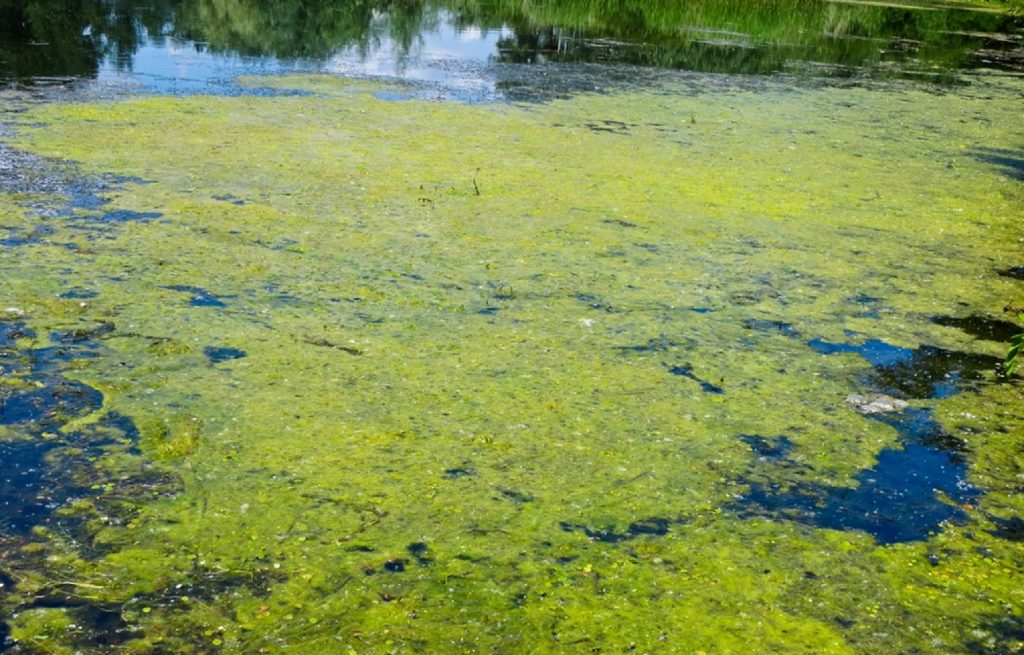
Which fertilizers should you use instead of bone meal?
If you’ve determined that bone meal isn’t the right fertilizer for your garden, you may be wondering what you can use to amend the soil. Here are a few great alternatives to bone meal that will give your plants everything they need to stay healthy.
Sea minerals
If you have nutrient-poor soil and you want to make sure your plants are getting the minerals they need to thrive, use sea minerals. Another natural fertilizer, sea minerals contain all 90 naturally-occurring minerals to support plant development. These minerals aid in enzymatic function to support the various aspects of plant health, including photosynthesis and immune function.
Coffee grounds
If your soil is nitrogen deficient, bone meal will do very little to fix it. While it does contain some nitrogen, it’s not enough to help. Coffee grounds, on the other hand, can be saved and brewed into a tea to use to water your plants. Coffee tea is an excellent source of nitrogen, perfect for plants with lackluster foliage that need a fast perk-me-up. Coffee grounds are especially popular for feeding roses, so consider using them as a fertilizer for your flowers instead of bone meal.
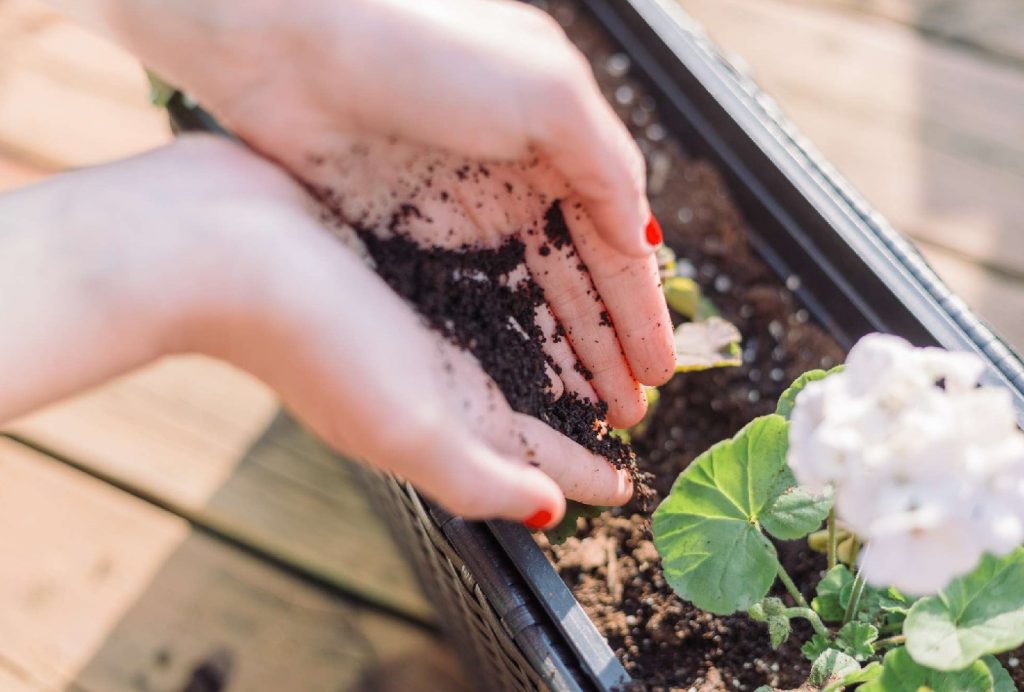
Manure
Cheap and easy to come by (especially if you raise livestock), manure works well as an all-purpose fertilizer for lawns and gardens. Manure is rich in phosphorous, potassium, and nitrogen. While you should be careful to keep manure away from groundwater, it can safely be used in raised beds. Always use aged manure as fresh manure contains high nitrogen levels that can kill plants.
Eggshells
Like bone meal, eggshells are a great source of phosphorous and calcium, but they’re also vegetarian-friendly. Simply rinse, dry, and freeze your eggshells until you have about a quart-sized Ziploc bag full of them. Then, pulverize them in a coffee grinder or blender to turn them into a fine powder to sprinkle around your plants. And because eggshells aren’t as tasty as bones, you can expect fewer four-legged visitors to your garden.
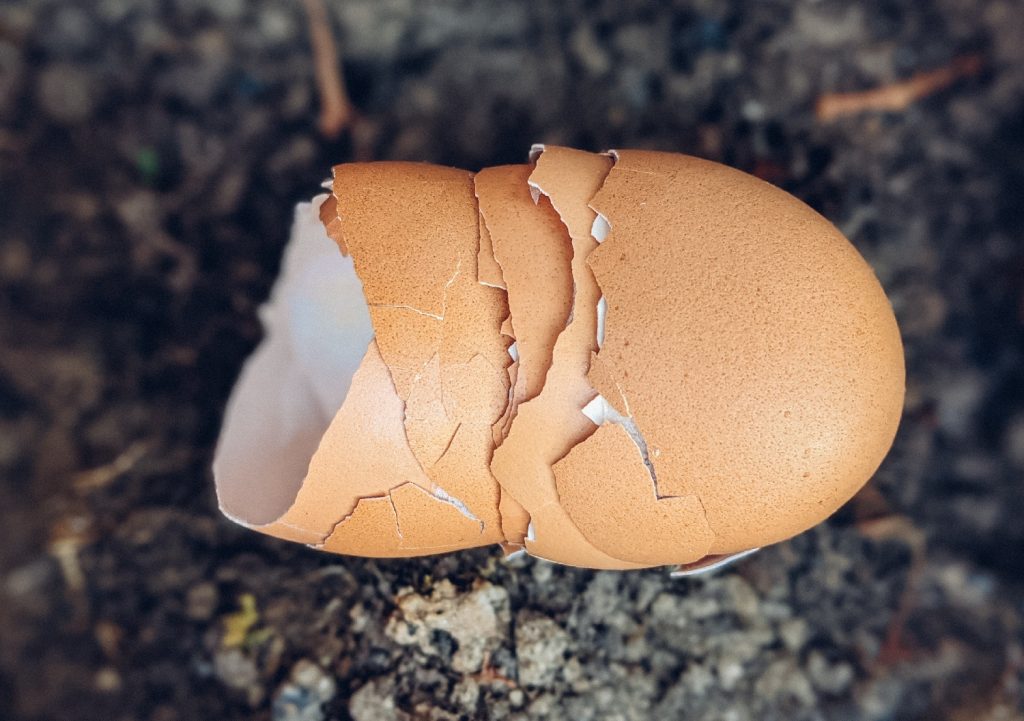
Soybean meal
Soybean meal is an ideal fertilizer for vegan gardeners. This plant-based fertilizer provides your garden with a steady supply of nitrogen and phosphorous as the soybeans themselves degrade over time. Unfortunately, soybean meal can inhibit the germination of small seeds, like lettuce, turnips, and collard greens. So avoid using this all-natural fertilizer when sowing new crops in your garden.
Compost
Most soils benefit from compost. With a 1:1 ratio of brown matter (including cardboard, paper, and eggshell cartons) and green matter (including fresh lawn trimmings, fruit peels, and overripe vegetables), compost contains all of the vitamins and minerals that your plants need to thrive. You can start your own compost heap today — and if you have a small backyard, you can still help your plants by composting in a 5-gallon bucket. Compost breaks down slowly, giving your plants a gradual release of nutrients to keep them growing well for months.
Is bone meal a good fertilizer?
Like everything else, there’s a time and a place for bone meal. If you have calcium and phosphorous deficient soil, if your soil has a low pH, and if you’re okay with using animal products, bone meal could be the perfect fertilizer for your needs. But if your soils are alkaline and nutrient-rich, and if you just wouldn’t feel right about using animal products in your garden, there’s an all-natural substitute out there that will work much better for you.
Overall, bone meal is a great thing to have on hand. But have your soil tested regularly so you understand its makeup. This will allow you to choose the best fertilizers possible season after season.

If I have over-applied bone meal around my roses, how can I counteract this, if I need to be concerned.
My rose bushes are very healthy – what substances, if any, would neutralize the minerals in bone meal?
Thank you
Hi Audrey! The best thing to do if you’ve accidentally applied too much bone meal (or any fertilizer, really) is to water the plant deeply to flush the excess nutrients out of the soil. This should help your roses get back on track without incident. But if you notice your roses starting to look poorly, use a soil test to determine which nutrients need to be added to get mineral levels back in balance. In addition to bone meal, roses benefit from aged manure, compost, and fish emulsion. Using a variety of organic materials will help them meet all of their nutrient demands. I hope this helps you, and thanks so much for your question!